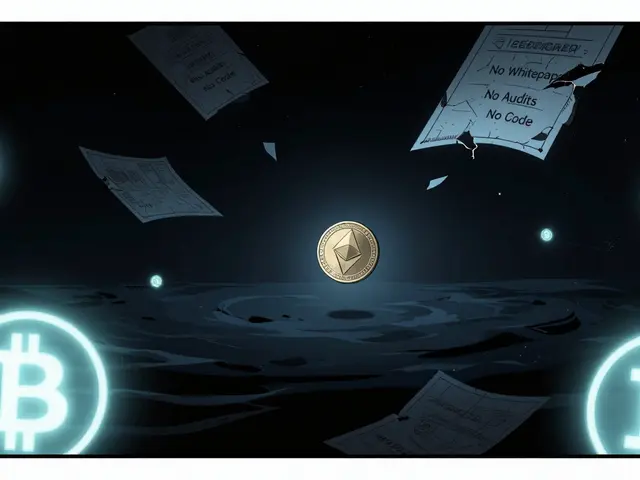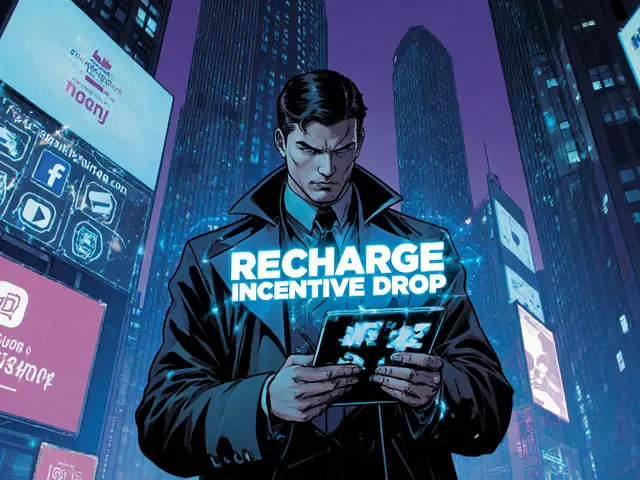Kraken Compliance: What Every Trader Should Know
When navigating Kraken compliance, the framework Kraken uses to meet global financial rules, protect users, and avoid regulatory penalties. Also known as Kraken regulatory standards, it shapes how the exchange handles deposits, withdrawals, and reporting. Kraken compliance isn’t just a checklist; it’s a living set of policies that evolve with market pressure and law changes.
One core pillar is Anti‑Money Laundering (AML) enforcement. Kraken must monitor transaction patterns, flag suspicious activity, and file reports with authorities. Another pillar is Know Your Customer (KYC) verification, which forces users to prove identity before trading larger volumes. Both AML and KYC are directly linked to the U.S. Securities and Exchange Commission (SEC) rules that dictate how crypto assets are classified and whether they need to be registered.
How Regulations Shape Kraken’s Operations
Regulatory bodies shape Kraken compliance in three practical ways. First, AML requirements demand real‑time monitoring tools that can spot wash trades, layering, or sudden spikes in volume. Second, KYC protocols require a secure document upload system and a verification workflow that complies with GDPR in Europe and CCPA in California. Third, SEC enforcement actions—like the 2024 fines against several exchanges—push Kraken to tighten its listing criteria, ensuring that only assets meeting securities law stay on the platform. This chain of influence means that any change in SEC policy instantly ripples through Kraken’s AML and KYC processes.
Beyond the U.S., Kraken must also respect local licensing regimes. In Indonesia, for example, the OJK mandates a minimum capital reserve and periodic audits; failing to meet those standards can result in a suspension of services. Similarly, the UK’s FCA expects exchanges to hold insurance for consumer funds and to submit regular compliance reports. These licensing rules intersect with AML/KYC by demanding extra documentation, such as source‑of‑funds statements, which Kraken integrates into its onboarding flow.
What does this mean for everyday users? If you’re planning to move large sums, expect identity checks that may include selfie verification and proof of address. If you trade in new tokens, be prepared for a short delay while Kraken’s compliance team reviews the asset against SEC guidance. And if you’re a high‑frequency trader, you’ll notice tighter rate limits on withdrawals until the platform confirms the source of your funds.
Understanding these moving parts helps you avoid surprises. For instance, many traders miss the fact that AML rules apply even to crypto‑to‑crypto swaps, not just fiat withdrawals. Knowing that Kraken will submit a Suspicious Activity Report (SAR) if a trade looks abnormal lets you plan your order sizes more carefully. Also, keeping your KYC information up to date reduces friction when you need to raise limits or access new services.
Below you’ll find a curated set of articles that dive deeper into each of these areas—from detailed breakdowns of crypto exchange enforcement actions to step‑by‑step guides on handling tax forms like the new 1099‑DA. Together they give you a complete picture of how Kraken compliance fits into the broader crypto regulatory landscape.

Learn which countries and regions Kraken blocks for crypto trading, understand US state-level token bans, the EU stablecoin delisting timeline, and how to stay compliant.
Continue Reading





